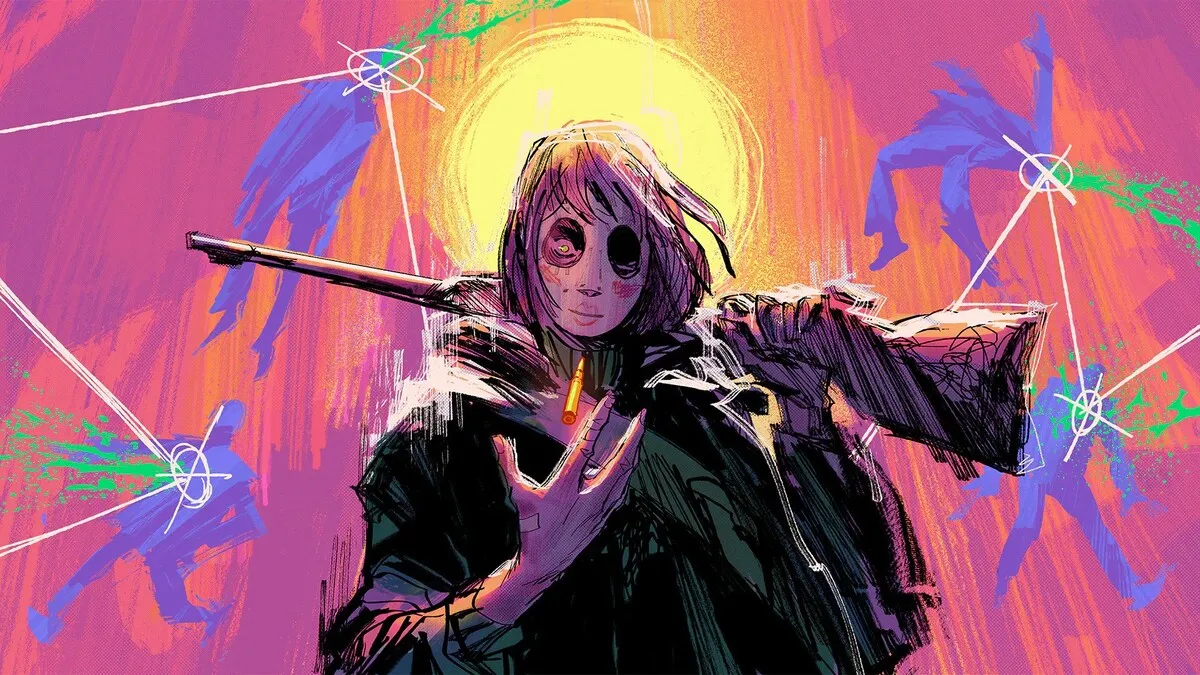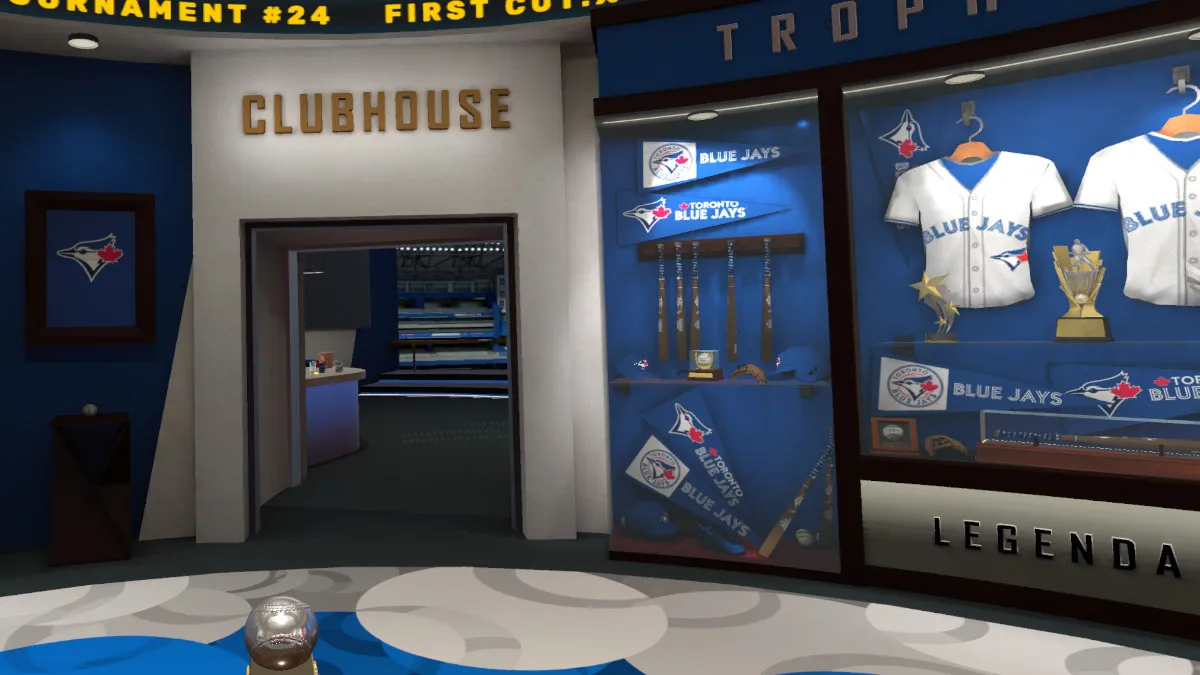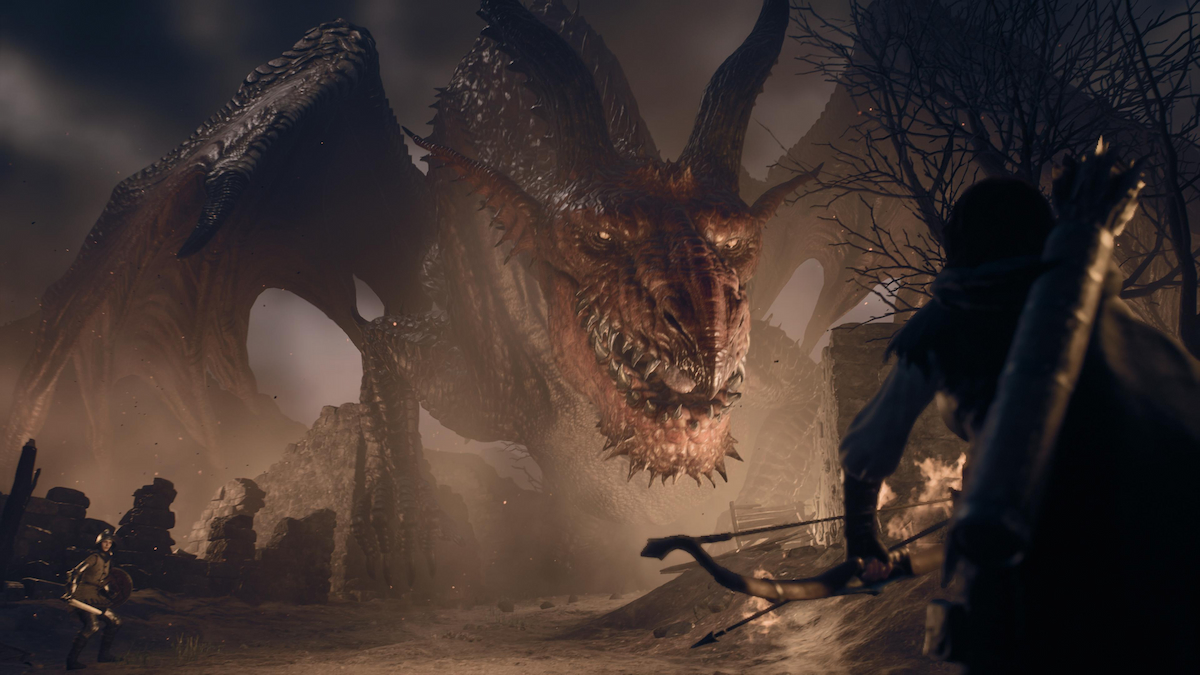Compile Heart, which you may know best in passing or otherwise as the developer behind Hyperdimension Neptunia (for better and worse), has been pumping out marginally (or not so marginally sometimes) horny JRPGs since the PlayStation. But while there’s always something in its games that would make you embarrassed to play them in front of other human beings, I’ve always found a lot of value in the company’s off-kilter combat design. Rather than just settling for traditional turn-based or real-time combat systems we see all the time, Compile Heart games are always trying a strange, new angle. This is especially true in the Death end re;Quest games, now a series thanks to this first sequel.
While frankly if you try this out you’ll be inundated with edgy schlock on a similar level to “I loved it in high school but good lord never again” anime classic Elfen Lied, the premise and combat systems are so strange I found them compelling. If you can roll with the content warning-justifying anime horror tropes that are all over this thing, there’s a game here that combines visual novel mystery, splatterhouse horror, and uh, shuffleboard (?) to shameless but entertaining affect.
Death end re;Quest 2 Review (PS4/PC)
On the surface, Death end re:Quest 2 is a horror mystery that follows protagonist Mai Toyama, a young girl who escaped a traumatic home life to search for her sister at a remote, European boarding home for girls. However, when she arrives not only is her sister nowhere to be seen, the clerical headmistress has no recollection of her stay. Mai has no choice but to stay at Wordsworth anyway, but her rebellious personality and drive to find her sister lead her on an investigation that reveals dark secrets hiding behind Wordsworth, and the surrounding town of Le Choara.
Underneath the surface, there is a bizarre connection between this and the previous game. The first Death end re;Quest was easily described as a horror take on something like Sword Art Online or the .Hack series, taking place in and outside of a corrupted virtual reality game and a conspiracy surrounding it. In the sequel, there’s no initial connection to that premise at all, and it begins to feel like an unrelated thematic sequel. Of course, slowly, Death end re;Quest begins to show its hand and ties it into the previous game in an appropriately over the top manner.

My first problem with this game is a direct consequence of that slow burn in the meta-level story. Because it wants to surprise you with its connection to the previous game, a lot of the weirdness happening in the story is understandably unexplained, but also weirdly just accepted by many of the characters. Mai and her pals just sort of passively react to the town going all tentacle-y and monastery at night, and the combat system seems completely divorced from what’s happening outside of it, a stark contrast to the first game. It’s like the writers wanted to hype up fans of the first game by hiding the direct connection for a good reveal, but forgot to ground the new cast at the beginning. It lessens a lot of the impact, and impact is what this game thrives on.
Now it’s time to talk Corpse Party. Death end re;Quest 2’s story is driven by scenario writer Makoto Kedouin, who was the scenario writer on the Corpse Party series. If you’ve played Corpse Party, you will immediately recognize one of its major staples, death scenes paired with grotesque sound effects, limited to no imagery, and blood curdling screams. “Death end” is a literal aspect of this game, as there are several opportunities to reach a bad ending, in which one or more characters are just brutally murdered in a way that assaults your ears rather than your eyes.
Brutal death sequences aren’t enough, however. Like I said before this game is edgy AF, and that includes relying a lot on trauma to drive many of its characters’ backstories. You’ll see a lot of common, anime trope-y personalities in all the characters you meet (tsundere, ironically horny, etc), but twisted in some fashion. Abuse of all kinds is a driving force in this narrative, so I strongly, strongly suggest proceeding with caution depending on your personal experiences and comfort with encountering that sort of thing in media. There is absolutely a degree of “trauma porn” here, and that isn’t a narrative device I have a lot of use for. It does fit in here as another facet to its splatterfest horror genre aesthetic, but it often falls into the Game of Thrones thing, where it goes so hard on the shock tactics it brings its momentum to a screeching halt for no actual reason.
Speaking of momentum, I absolutely love Death end re;Quests 2’s combat, boy howdy. It’s a return of the first game’s system, but with a lot of tweaks and adjustments that really speed it up and trim a lot of the fat. It also introduces some cool, new systems that do a lot better job keeping you engaged throughout all the encounters you’ll face. And when that doesn’t work, there’s a pretty competent auto toggle that makes grinding levels a breeze. But before we get into the minutia, we have to talk about the basics. And that’s where the shuffleboard bit comes in. You may as well just look at this:
lol #PS4sharehttps://t.co/PjHnY1LFd1 pic.twitter.com/5DvCIlglyQ
— Lucas White (@HokutoNoLucas) August 22, 2020
See? This stuff is so hysterically wacky, especially juxtaposed against its in your face, trauma-driven, goretastic storytelling. I am so here for it. Combat is governed by the “Knockback” system, which you can see working to its maximum potential in that video clip I provided above. On your turn you can move anywhere within the combat circle, which basically functions as a “board.” Each skill you pick has an elemental property, and an area of effect. You can see that area, and you pick up to three actions in a turn, allowing you to really think about what you want to accomplish. If you choose your actions right, you’ll get a Knockback, which sends enemies flying away based on the amount of damage you did, along with the enemy’s weight.
Related: Fairy Tail Review | Wizards and Warriors
Knockback will make enemies bounce off the circle’s boundaries, bounce off other enemies, and if they crash into another party member you’ll get treated to a fun animation of them winding up and walloping them real good to add more momentum. If you do it right you can send a group of baddies ping-ponging around so fast they actually produce a trail of flames for extra comedic effect, and you’ll even see their little lifebars fill over and over, along with a number literally counting the number of times you’ve re-killed the poor things. And the best part is, the more overkilling you do, the more bonuses you get at the end. You can double your experience gains if you do it right, making leveling up a non-issue even on the higher difficulty settings.

Even though heavier enemies and bosses will show up to kill your buzz, you can still strategically maneuver around those more stubborn foes and get some bonus hits even if you don’t always get to embarrass them on the court. A huge emphasis on elemental weakness and resistance adds another fun layer to combat (which interacts with the attack AoEs in strange ways), and there’s also a weird corruption system that adds extra damage traps and stat boosts via glowing spaces on the ground. Hit those enough (or smash enemies into them) and you’ll activate glitch mode, a transformation for your character that gives them a turn to do some huge damage in a way that is, again, very edgy (in a fun way this time).

I’m super glad we don’t assign review scores at Prima Games, because if there’s ever a game that defies the traditional scoring system with every fiber of its being, it’s Death end re;Quest 2. I speak this game’s language 100% and I still don’t know what to think of it at times. It’s crass, violent, funny, horny, careless, shameless, exciting, frustrating, and so many other adjectives. This is absolutely anime horror genre junk food, and all of the baggage that comes with that. Compile Heart has once again delivered a compellingly strange combat system, and once again my favorite aspect of this developer has delivered. The storytelling is going to be a hurdle for some people, even horror fans depending on how much over the top trauma players can stomach. But fans of Corpse Party will be right at home here, and anyone else that is into both anime and splatterpunk horror shlock will be able to have their cake and eat it too. If you’re in the market for a JRPG that’s a little off the beaten path, warts and all, Death end re;Quest 2 is definitely worth a try. It might be confusing at times when it floats around its connection to the first game, but the horror mystery at the forefront stands on its own. If you played and liked the first game already, you know what you’re in for. Get outta here and start playing!




